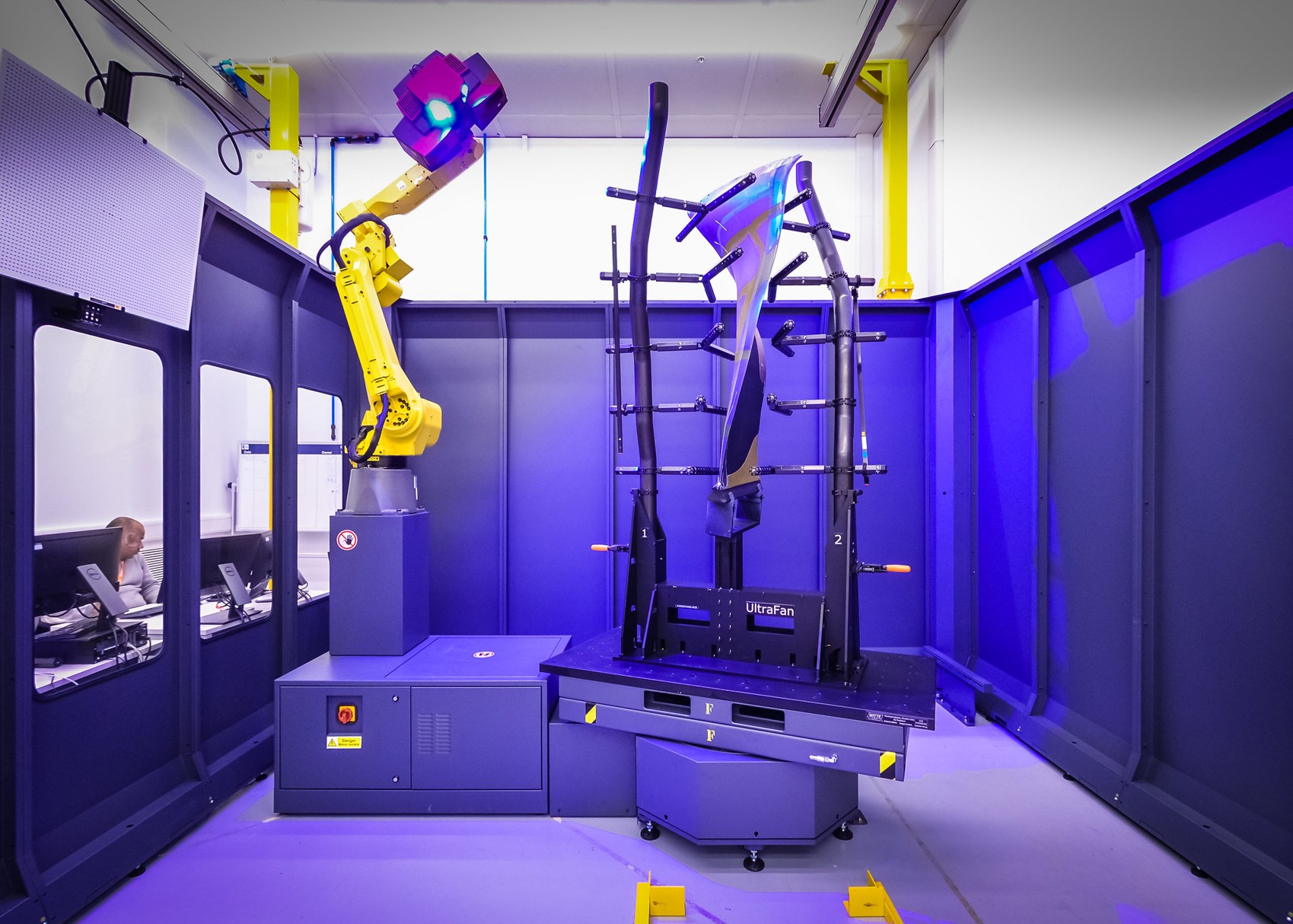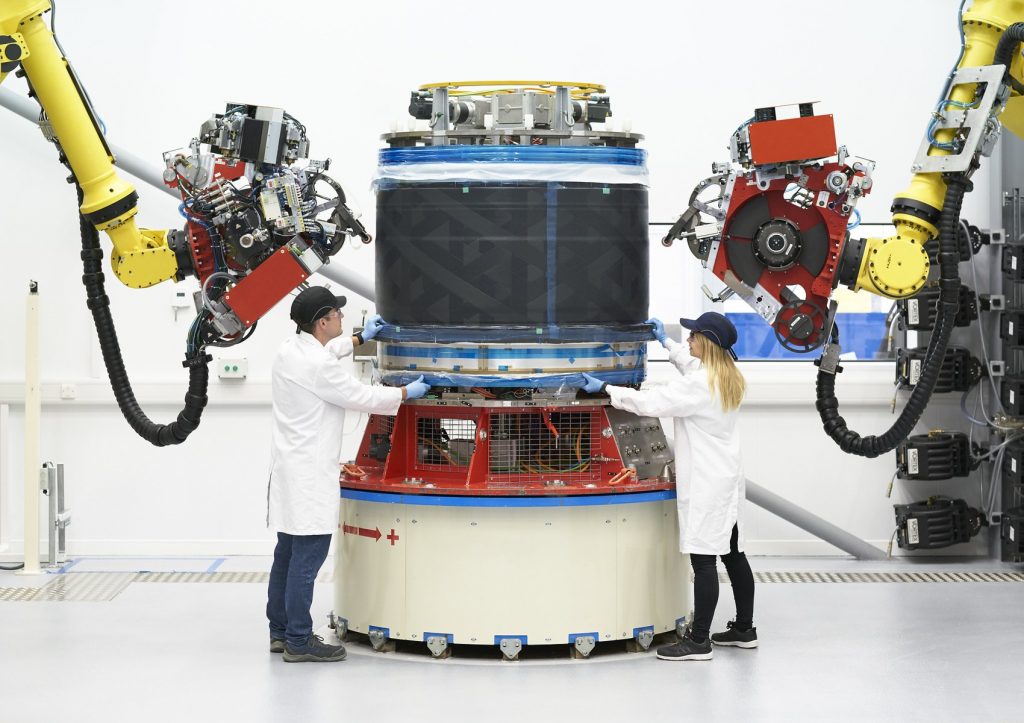Phone: +86 21 51559030
contact@galleon.cc
Rolls-Royce Opens New Ccomposite Technology Facility in Bristol
Jan 14,2020

A new Rolls-Royce facility for developing jet engine technologies that reduce emissions has opened in Bristol, UK.
The composite technology hub will develop fan blades and fan cases which significantly reduce weight in a jet engine, lowering fuel consumption and emissions.
The fan blades and fan cases being made at the facility are a feature of the Rolls-Royce UltraFan engine demonstrator, a new engine design which will reduce fuel burn and CO2 by at least 25% compared to the first Trent engine.
The new facility will use low-energy, very low emissions processes and features state-of-the-art automated manufacturing methods and materials. It will maximise the use of raw materials, reducing waste. Rolls-Royce has pledged to achieve zero emissions at its operations and facilities by 2030.
Rolls-Royce has a crucial role in the transition to a net zero carbon economy and has a three-part environmental approach: reducing the impact of existing technologies; pioneering electrification in aviation; and working with the industry to accelerate the use of sustainable fuels.

Alan Newby, Rolls-Royce, director, Aerospace Technology and Future Programmes said: ¡°This incredible new facility exemplifies our commitment to creating cleaner, more efficient forms of power. Our highly-skilled employees will use the latest technology, materials and manufacturing techniques to develop components that will contribute to lighter, quieter, more powerful jet engines with fewer emissions.¡±
The facility will focus on carbon-fibre composites, which are used in the aerospace industry to reduce weight significantly. The lighter an engine is, the less fuel it burns, creating fewer emissions. A Rolls-Royce fan system made with carbon-fibre composites can save almost 700kg per aircraft, the equivalent of seven passengers and their luggage.
The fan blades are made by manufacturing techniques that build up hundreds of layers of carbon-fibre materials, pre-filled with state-of-the-art toughness-enhanced resin material. Heat and pressure are then applied, and each blade is finished with a thin titanium leading edge, which offers extreme protection against erosion, foreign objects and bird strikes.
From January, the facility will begin making fan blades and cases for the UltraFan demonstrator engine. The composite system for the UltraFan engine demonstrator is taking shape, and different parts have completed aerodynamic performance, bird-strike, containment, icing and water ingestion tests, as well as ground and flight testing.
Rolls-Royce has been involved in developing carbon-fibre technologies for several decades and already uses the material for parts within its engines. The new facility will take this technology to the next level.
It will benefit from manufacturing techniques that have been developed in partnership with the National Composites Centre in Bristol, and research conducted at the Rolls-Royce University Technology Centre at the University of Bristol, as well as several other universities and research centres based in the UK and in Europe.
The facility has secured 150 jobs in Bristol. An existing composite manufacturing technology facility, along with around 30 employees, has been transferred from the Isle of Wight.
The statistics from Flight International predicts that over the next two decades, 42,800 cargo and civilian aircraft will be delivered worldwide. This means that at least 86,599 new engines will be delivered in the global market by 2035, and the number of active engines will grow from the current 60,000 to about 100,000. With the number expected to jump from 28,500 to 61,000 by 2035, especially in the region of Asia Pacific, which is anticipated to grow with the highest CAGR during the forecast period.
The "Made in China 2025" issued by the State Council clearly proposed to "establish an industrial system for the independent development of engines", and during the 13th Five-Year Plan period, China launched a major special project for aviation engines and gas turbines. Today, the Chinese aviation industry continues to exert its strength and is closing the gap with world-class engines. In the worldwide stage, the development and breakthrough of aircraft engine requires wide range of solutions and multi-disciplinary collaboration of suppliers, transnational discussion and the groundbreaking technology exploitation. There are still some technical difficulties that China is facing such as the titanium alloy or composite material of aircraft engine, the whole leaf disk manufacturing and repair technology, the manufacturing technology of single-crystal hollow turbine blade etc. Furthermore, there are some other technology will also be discussed and applied in the aviation engine design and manufacturing such as 3D Printing, Digital twin technology.
Commercial Aero Engine Shanghai International Forum, based on China National Special Project of Aero Engine & Gas Turbine, is located in Shanghai, China. This forum aims to support aero engine industry development through information exchanges and business cooperation. Initiated by Shanghai Society of Aeronautics and AECC Commercial Aircraft Engine Co., Ltd., this annual forum has been successfully held in the past four years.
The 5th Annual Commercial Aero Engine Shanghai International Forum will be held on March 25th - 26th, 2020, in Shanghai.
Register your interest or get in touch with marketing@galleon.cc for more details.
